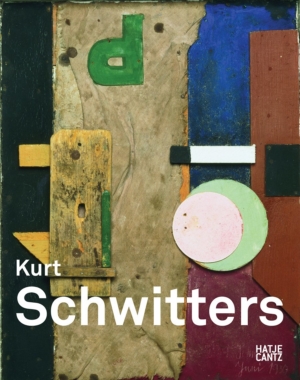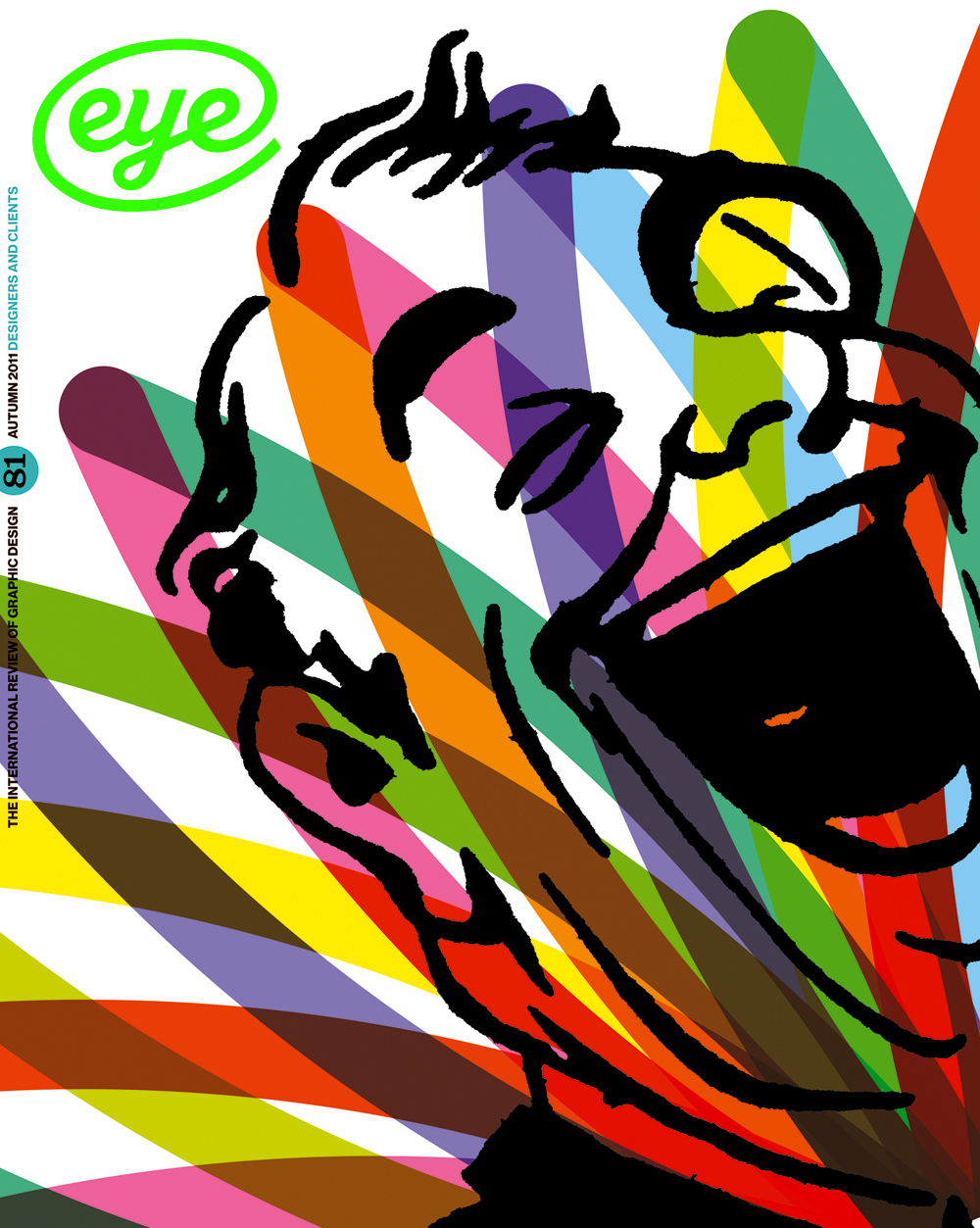Autumn 2011
Pieced together in Ambleside
Kurt Schwitters: A Journey Through Art
By Roger Cardinal and Gwendolen Webster; Graphic design by Andreas Platzgummer. Hatje Cantz, £35, €39.80. Also available in German
I’m sure that most designers will know about some aspect of Kurt Schwitters’ work, probably an aspect of Merz, whether the collages produced from 1919 until his death in 1948, or the typography associated with the magazine of the same name (published 1923-32). The latter has been a staple of graphic design histories since Herbert Spencer’s seminal Pioneers of Modern Typography (1969). This new book, described by its publisher as an ‘introductory monograph on the life and work of this outstanding multitalented artist’ goes some way to broadening our appreciation of his work but fails to address his legacy from a design perspective.
As with many members of the early twentieth century avant-garde, Schwitters’ output was varied, partly by inclination but also due to the circumstances of the period. He had turned to abstraction during his art education and by 1918 his work was attracting enough interest for art to become a living. Associated with but never a member of Dada, he was widely connected with leading figures of European avant-garde art and design such as El Lissitsky, Theo van Doesburg and Jan Tschichold. By 1919 his art work had become Merz (a chance shortening of Kommerz und Privatbank) incorporating collage and assemblage, and evolved to include poetry, drawings, pictures, the journal, and installations such as the Hanover Merzbau; but alongside this he ran a successful advertising agency and contributed to the development of the New Typography. A confident self-publicist, his views on art, and his works themselves, gradually put him in conflict with a Germany moving progressively towards National Socialism. Schwitters fled Germany for Norway in 1937, and had to flee again to Britain after the occupation of Norway in 1940. Initially interned in the UK, he moved to London in 1941, and then to Ambleside in the Lake District. He died in Kendal in 1948.
The book opens with a chapter entitled ‘The life’ in which the authors describe the man, his personal circumstances and the development of the main strands of his life and work. They place Schwitters in the context of his time and illuminate some of the artistic circles in which he moved. Subsequent chapters describe ‘The artist’, ‘The writer’, ‘The designer’ and ‘The legacy’.
While separating different kinds of artistic activity can be artificial (and problematic with such a complex figure as Schwitters), it does have the benefit of enabling a detailed discussion of particular subject matter to take place. In the ‘artist’ chapter, treatment of many of the Merz collages is particularly well handled. With the images so close at hand, reading those sections is not unlike having an informed guide with you. The authors are experts in informing us about circumstances, alerting us to details and suggesting possible sources, and thankfully shy away from making unsupportable claims.
Where the chapter arrangement is far less sure-footed however is in its even-handedness. There are 80 pages devoted to art, sixteen to his writing but only ten to his design work. Compared to the detailed analysis of many individual collages, the book offers no more than an outline of his design activity and doesn’t begin to address his contribution to the New Typography through the pages that he and others designed for Merz. This is a missed opportunity, and a fatal flaw in a book claiming to be an introductory monograph. If his design work and typography had been illustrated as copiously, and explained so eruditely, as his collages and installations, this book would have been a ‘must-have’ title; as it stands it is merely ‘nice to look at if you see it in the library’.
Phil Baines, graphic designer, professor of typography, CSM, London
First published in Eye no. 81 vol. 21 2011
Eye is the world’s most beautiful and collectable graphic design journal, published for professional designers, students and anyone interested in critical, informed writing about graphic design and visual culture. It is available from all good design bookshops and online at the Eye shop, where you can buy subscriptions and single issues.

